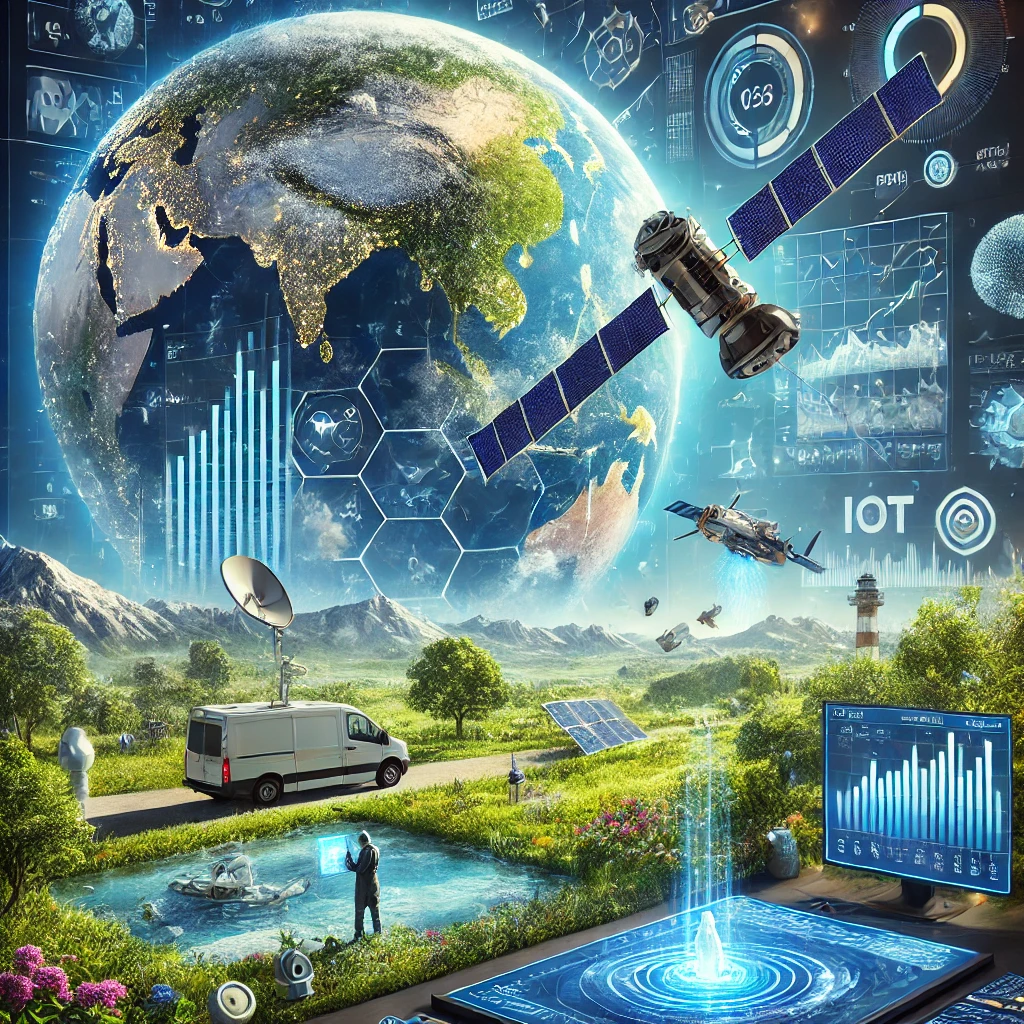Introduction: Welcome to a Greener Tomorrow
The world is witnessing an enormous shift in the energy arena to combat global warming and reduce its dependence on fossil fuels. Renewable energy is no longer a far-off dream; it is an imperative. With advancing technologies for renewable energy, clean energy is getting cheaper, efficient, and more accessible than ever before, catapulting the world into a sustainable future.
Advancement in Solar Energy Technology
Solar energy has become the cornerstone of the renewable energy revolution. The photovoltaic technology has seen tremendous improvement in the efficiency of solar panels, converting more sunlight into electricity. Bifacial solar panels that capture sunlight on both sides and perovskite-based cells, which are known for their high efficiency and low production cost, are changing the solar industry.
In addition to efficiency gains, solar energy storage solutions have seen remarkable progress. Modern battery systems, such as lithium-ion and emerging solid-state batteries, allow surplus energy to be stored for use during cloudy days or nighttime. This scalability ensures that solar power can meet growing energy demands while maintaining reliability.
The Rise of Wind Energy: Powering the Future
Harnessing the power of nature, wind energy is being generated on an unprecedented scale as clean electricity. The major focus of energy developers today has become offshore wind farms. They benefit from higher wind speeds and minimal land-use conflicts. Therefore, these installations are becoming an important component of renewable energy strategies.
Other improvements include innovative turbine designs that enhance energy output. Increased rotor diameters, taller towers, and lighter materials have made the technology more efficient and less expensive. These developments make wind energy a viable option for countries looking to diversify their energy portfolios and reduce carbon emissions.
Emerging Renewable Energy Solutions
Other renewable energy resources that are gradually becoming popular aside from solar and wind include geothermal energy, which harnesses the internal heat of the Earth. Improved techniques in drilling with cost-effective systems make this an increasingly viable alternative source of power, which produces a steady current unaffected by any form of weather.
Tidal and wave energy, though still in developmental stages, hold immense promise. The predictable nature of ocean movements offers a stable energy supply. Cutting-edge technologies are enabling the capture of this energy, offering a potential solution for coastal regions seeking sustainable power.
Energy Storage and Grid Integration
One of the major challenges in renewable energy adoption is managing its intermittent nature. Advanced energy storage systems are addressing this issue, ensuring a steady supply of power even when the sun isn’t shining or the wind isn’t blowing. Innovations in battery technology, such as flow batteries and hybrid systems, are pushing the boundaries of what is possible.
Smart grids, comprising real-time data analytics and automation, revolutionize energy distribution. These types of grids optimize the flow of electricity, ensure a reduction in wastage, and integrate various renewable sources without conflicts. Consequently, they have become key factors that support the wide adoption of renewables.
Global Policy Shifts Supporting Renewable Energy
Governments around the world are adopting policies to speed up the adoption of renewable energy. Incentives such as tax credits, subsidies, and feed-in tariffs make renewable energy projects financially attractive. National and regional renewable energy targets, coupled with international agreements like the Paris Accord, provide a framework for coordinated global action.
Such policies encourage the investments of renewable energy and also make the market competitive, where innovation thrives; their results are a quicker transition toward the cleaner energy paradigm.
Socioeconomic Benefits of Renewable Energy
Renewable energy adoption is not only an environmental imperative but also a socioeconomic opportunity. The green energy sector creates millions of jobs around the world-from manufacturing and installation to maintenance and research. Such jobs contribute to economic growth while fostering a skilled workforce.
Furthermore, renewable energy is capable of ending energy poverty through affordable and decentralized power supply solutions for underserved regions. This democratization of energy access empowers communities and enhances quality of life.
Conclusion: A Sustainable Energy Paradigm
Advances in renewable energy adoption prove this ingenuity that is being realized in human efforts today. With an evolving technology process, a time when all parts of the planet are run exclusively on clean power seems well on its way towards reality. More investment, innovativeness, and global cooperation sustain this vision forward.
The dual challenge of climate change and energy security can be addressed by embracing renewable energy; this will serve as a legacy to future generations. The path is clear, and the momentum unstoppable—a world powered by renewables is no longer a dream but an achievable reality.

